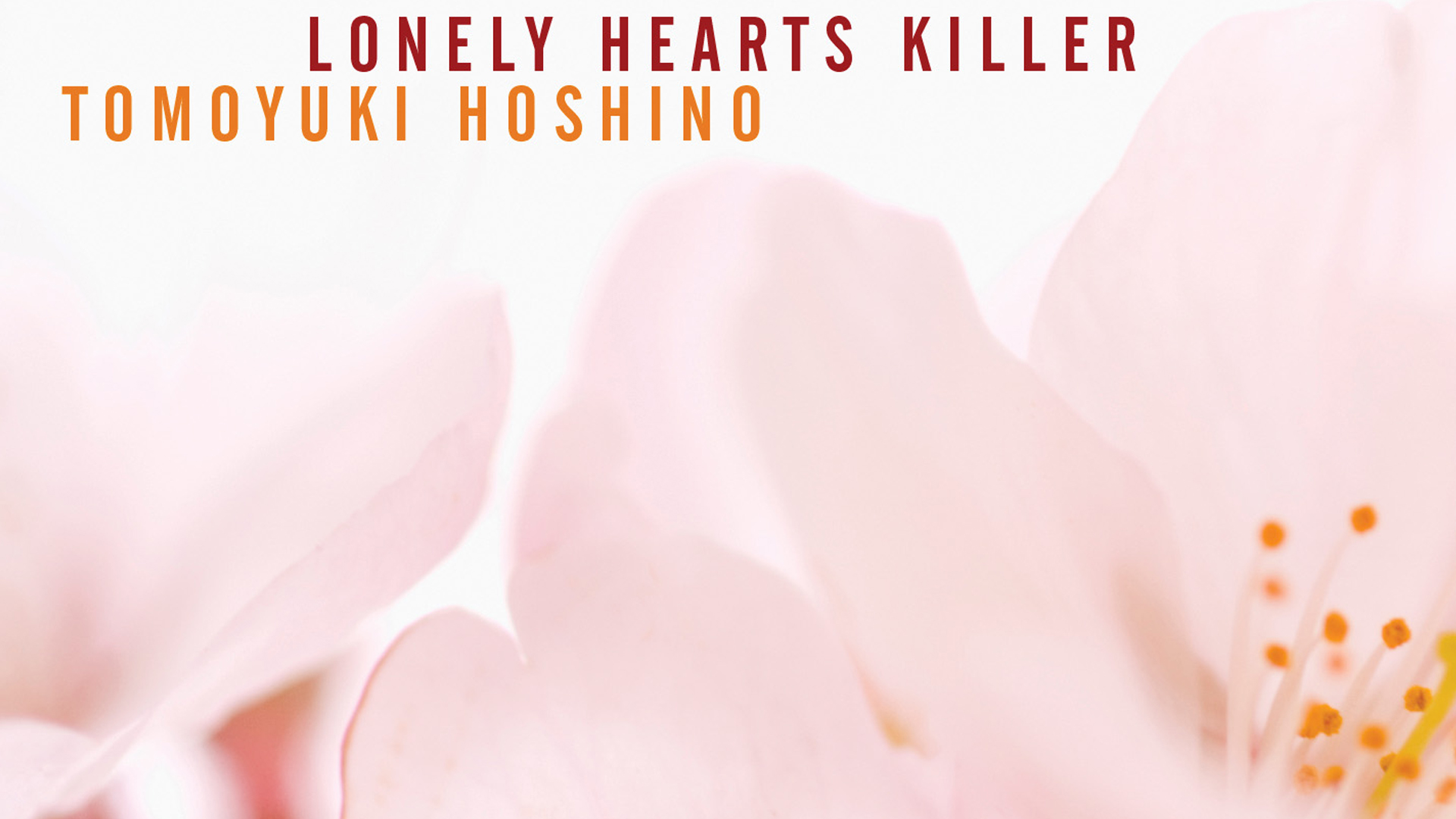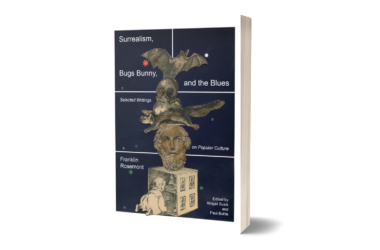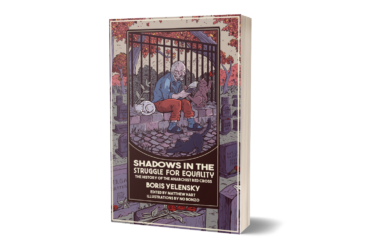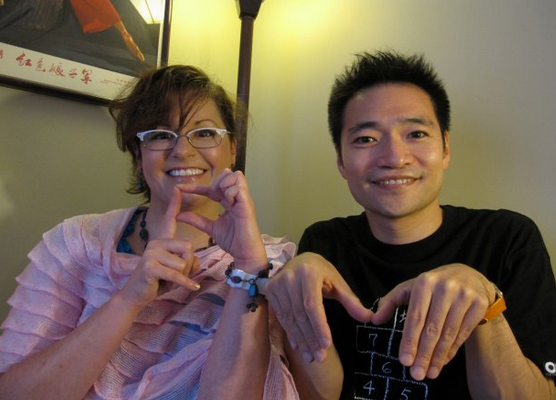
Tantalizing excerpts from the novel’s extras, we know you will
enjoy! Here translator Adrienne Carey Hurley interviews the
award-winning Japanese author Tomoyuki Hoshino. This is his first book
to be published in English.
Since his literary debut in 1997, Tomoyuki Hoshino has published twelve books on subjects ranging from ‘terrorism’ to queer/trans community formations; from the exploitation of migrant workers to journalistic ethics; and from the Japanese emperor system to neoliberalism. He is also well known in Japan for his nonfiction essays on politics, society, the arts, and sports, particularly soccer.
Hurley: Before PM embraced this novel, it took us a while to find a publisher for the English translation. Along the way, we found a few professionals in the U.S. publishing world who loved the first chapter, but were bothered by the ending. We even were asked to change the ending or publish only the first chapter. I was shocked to learn that some noted contemporary Japanese writers have agreed to have the endings of their works changed for the U.S. (and by extension English-language) marketplace. While I shared my frustrations and thoughts on all this with you and we both refused such changes, I never asked you what it felt like for you to be faced with that kind of response and request.
Hoshino: It felt like Iraq or Iran.
“The Middle East is really selling now!”
“Well, let’s see…. You’re right. It sure is. But Iraq is a little hard to understand. I think it will sell better if you change Iraq. Can you change Iraq?”
“You’re joking, right?”
“No, I’m serious. Change it.”
It felt like that. I’m very glad my work wasn’t changed.
“I changed Iraq, but it’s still not selling that well.”
“Maybe you didn’t change it right. Yes, that’s it. It would have been better if you’d changed Iran. Try changing Iran.”
“But if we go that far, it’s not really going to be the Middle East anymore.”
“It’s okay. As long as it sells. Alright then? Let’s change Iran.”
Hurley: My students and I like to discuss what doesn’t appear in this novel, like the U.S. (Perhaps our inquiries are structured by the arrogance of U.S. imperialism and its claims to universal relevance.) Aside from the aquarium scene from The Lady from Shanghai, almost no mention is made of anything related to what my students call “the Western world,” and they like to speculate, “where did it go?” After all, much of the modern and contemporary Japanese literature they encounter invokes “the West” more overtly. In writing a novel that addresses questions of borders, sovereignty, migration, and security involving nations, what did the absence of the U.S. mean for you? Does the U.S. empire have to disappear (or be abolished) before the Japanese emperor system can?
Hoshino: Yukio Mishima and Yasunari Kawabata wrote a number of “Japanese” works. Foreign (especially Western) readers experienced these works as “very Japanese” and proclaimed you could find “Japanese beauty” in them. This was to be expected. Mishima and Kawabata depicted images of Japan that Western eyes wanted to see.
But Japanese readers who were aware of such assessments followed suit, saying these works were written with a sense of “Japanese beauty that even a Westerner could admire” and that “Japan had the kind of culture written about in these novels.”
This was how value judgments about “Japaneseness” were shaped.
Foreign readers who only find value in the first chapter of this novel must still have those Western eyes.
Paradoxically, foreign readers today seem to respond to Japanese literature with a lot of “American-ness” as universal and, at the same time, as “Japanese.” Perhaps “Japanese” novels subtly and gently exoticize American problems.
When I read that sort of novel, I feel like I’m reading fantasy fiction and wonder, “Where is this tale from?”
I didn’t intend to eliminate American references from LHK. It’s not explicit, but I think of it as covered by America’s shadow. The effort to put out the nationalist fire in the first chapter is also an effort to get out from under the shadow of America. After all, Japan’s reality after the end of World War II and ever since the American Occupation has been that of “America above the Emperor.”
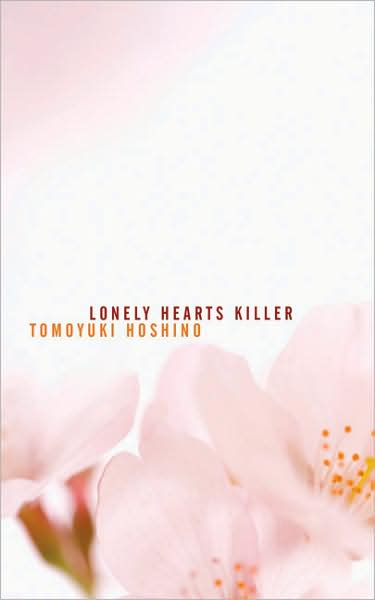
Hurley: I love the setting of the second and third chapters. The remote mountain lodge calls up images not only of idyllic mountain resorts, but also of the Aum movement’s headquarters, the Chichibu Rebellion of 1884, the Umemura Rebellion in Hida, the Asama Sanso Incident, and especially (at least to me) United Red Army (Rengô sekigun) figures such as Hiroko Nagata. But the setting’s significance isn’t limited to Japanese histories and contexts. Iroha’s use of the phrase “reservation,” themes of self-governance and autonomy, and the title of the final chapter, drawing on Luis Buñuel’s 1951 film Subida al cielo, invoke multiple landscapes and histories. Where did your own journey into the mountains of Lonely Hearts Killer begin and what do the mountains mean to you?
Hoshino: My first clue for the secluded mountain setting for Iroha and the others came from Buñuel’s film Subida al Cielo (“Ascent to Heaven” in Japanese). The mountain reaching up to heaven is a threshold place that carries an image of death mixed with utopia. In the first chapter, Mikoto et. al. develop the vision of everyone dying for a utopian society. Ascension or “Ascent to Heaven” is the name for precisely this vision. However, the people holed up on the mountain are Iroha and others who commit to living and try to distance themselves, running away from Mikoto et. al.’s vision. I wanted to put the brakes on the escalation, and this ironical situation effectively neutralized the vision of death and utopia
That was the impetus for the mountain, which also relates to an image in the third chapter. You ascend from the mountain and migrate to a different place; but even though you cross the border, you aren’t entering the world of the dead, but moving to another kind of life. I set up the mountain as that kind of three-dimensional threshold. Iroha and the others are definitely holed up on the mountain, but the mountain isn’t a dead-end. Depending on your changing perspective, it links to a different latitude or culture. Before they were surrounded, they had the possibility of coexistence, not “unification.” Underlying that possibility is an image of a reservation with autonomy. I think the groups of rebels who historically entrenched themselves in the mountains had similar visions.
One other factor was Japanese mountain worship. In Japanese animism, each mountain is a different god. With the arrival of the emperor system, they were forcibly unified. However, in this novel the people who look like okami (“Majesties”) “come down” from the mountaintop. In other words, they stop being okami. They abdicate “unification.”

